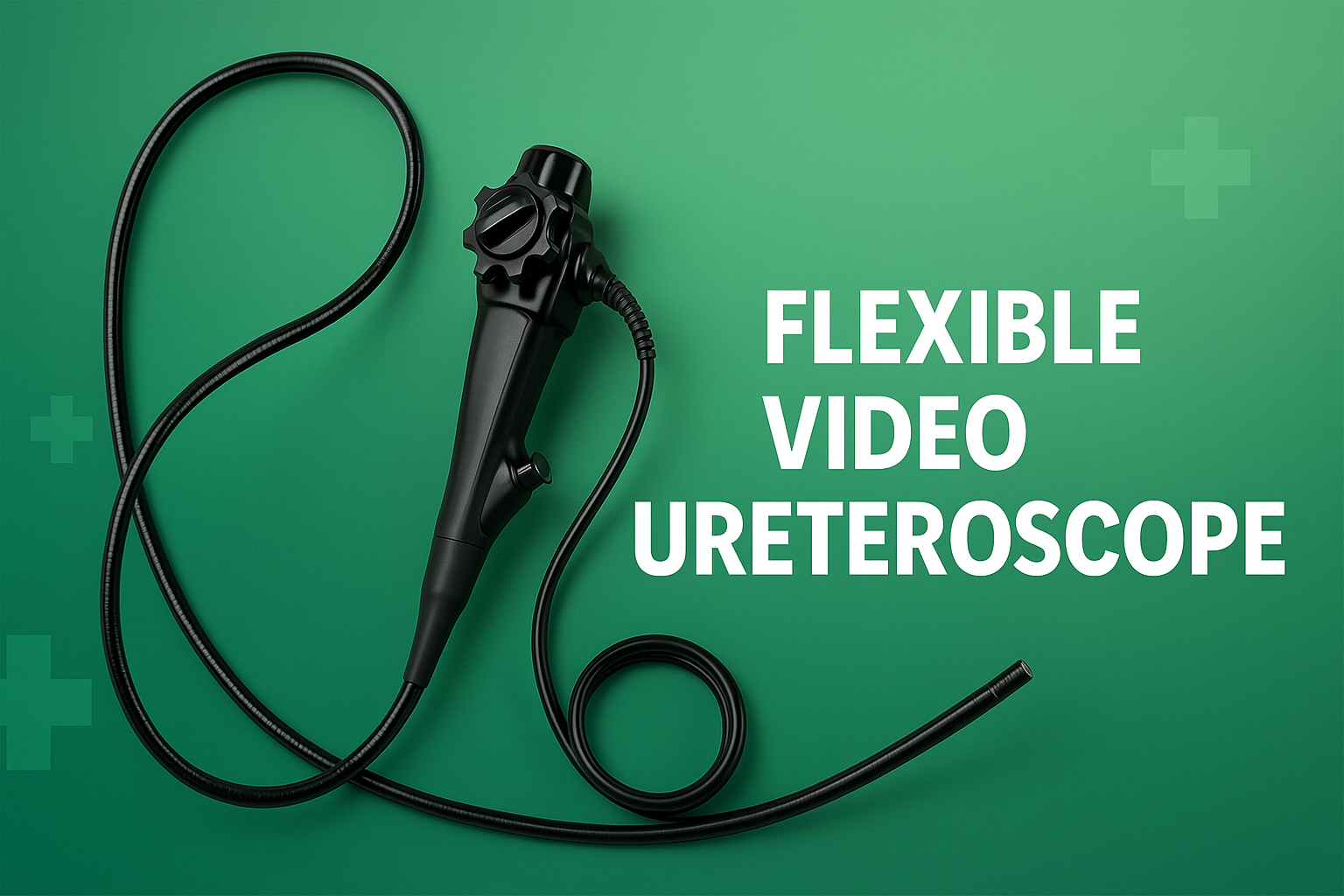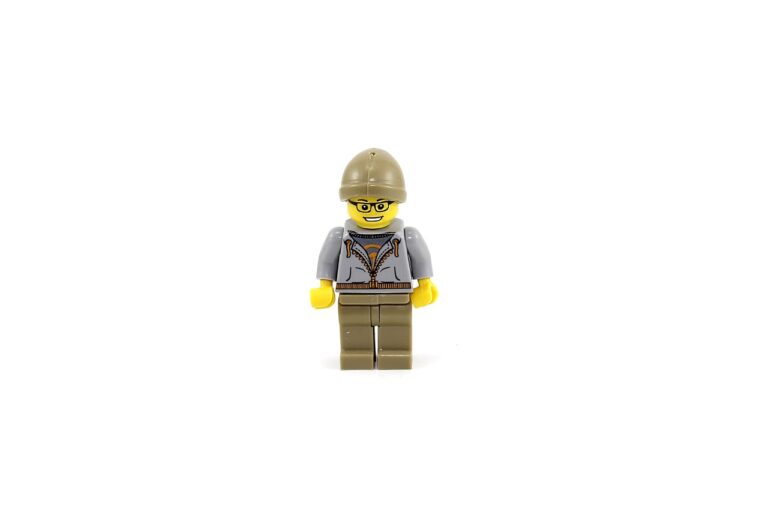The Role and Advancements of the Flexible Video Ureteroscope in Modern Urology
In recent years, the Flexible Video Ureteroscope has revolutionized the diagnosis and treatment of complex urological conditions, particularly kidney stones and other upper urinary tract disorders. This medical device combines advanced imaging capabilities with a minimally invasive design, enabling urologists to navigate delicate structures within the urinary tract with remarkable precision. As kidney stone disease becomes increasingly common worldwide, innovations like the flexible video ureteroscope are becoming indispensable tools in urology.
Understanding the Flexible Video Ureteroscope
A ureteroscope is a specialized endoscopic instrument used to examine and treat conditions affecting the ureters and kidneys. Unlike traditional rigid scopes, the flexible version is designed with enhanced maneuverability, allowing physicians to reach even the most challenging locations within the renal system. What sets the Flexible Video Ureteroscope apart from older models is its integration of a digital video system. This provides superior image clarity, allowing surgeons to identify stones, tumors, or strictures with greater accuracy.
The device is particularly beneficial for procedures such as ureteroscopy, where small kidney stones can be fragmented and removed without the need for open surgery. The flexible video ureteroscope not only minimizes patient discomfort but also reduces recovery time, making it a preferred option for both patients and healthcare providers.
Technological Advancements in Ureteroscopy
Over the past decade, rapid advancements in medical imaging and fiber-optic technology have significantly improved the performance of ureteroscopes. The modern flexible ureteroscope is lightweight, durable, and designed for single-use or reusable applications depending on hospital protocols. Some of the latest innovations include:
High-definition video imaging: Clearer visuals of the urinary tract help urologists detect abnormalities earlier.
Smaller scope diameter: Minimally invasive insertion reduces trauma to surrounding tissues.
Enhanced flexibility and deflection: The ability to navigate sharp angles within the kidney system allows for better access to hidden stones.
Compatibility with laser lithotripsy: Integration with laser systems enables precise fragmentation of stones.
These innovations are not only improving patient outcomes but also setting new standards for urological care.
Applications in Kidney Stone Management
Kidney stones are one of the most common reasons patients undergo ureteroscopic procedures. Traditionally, larger stones required open or laparoscopic surgery, which involved longer hospital stays and recovery periods. However, with the Flexible Video Ureteroscope, stones of varying sizes and compositions can be accessed, visualized, and treated effectively.
Using laser lithotripsy, the stones are broken down into smaller fragments, which can then be removed or allowed to pass naturally. The high-definition imaging offered by the flexible video ureteroscope ensures that no residual fragments are left behind, thereby reducing the risk of recurrence.
Additionally, the device is instrumental in diagnosing and treating other upper urinary tract conditions such as strictures, tumors, and congenital abnormalities. Its versatility makes it a cornerstone in minimally invasive urology.
Benefits for Patients and Surgeons
The introduction of flexible ureteroscopes has brought about several key benefits:
Minimally invasive approach: Reduces surgical trauma and speeds up recovery.
High diagnostic accuracy: Enhanced visualization leads to more precise treatment.
Shorter hospital stay: Many procedures can be performed on an outpatient basis.
Reduced complications: Lower risk of bleeding, infection, and tissue damage compared to open surgery.
Improved patient comfort: Smaller instruments and flexible maneuverability minimize post-operative discomfort.
For surgeons, the ergonomic design of the flexible video ureteroscope makes the procedure less physically demanding, while advanced video systems improve hand-eye coordination during complex operations.
Challenges and Limitations
Despite its many advantages, the flexible video ureteroscope is not without challenges. One of the main concerns is its cost. High-quality video ureteroscopes, particularly reusable ones, can be expensive to purchase and maintain. The instruments are also delicate, and frequent use may result in wear and tear that requires costly repairs.
Sterilization and infection control are other key considerations. While disposable versions reduce infection risks, they also contribute to medical waste, raising concerns about environmental sustainability. Balancing cost-effectiveness with patient safety remains a significant challenge for hospitals and healthcare providers.
Future of Ureteroscopy
The future of ureteroscopic technology looks promising, with ongoing research focused on improving scope durability, reducing costs, and enhancing imaging capabilities. Some areas of innovation include:
3D and augmented reality imaging: Providing surgeons with better spatial awareness during procedures.
Robotic-assisted ureteroscopy: Allowing for greater precision and control during complex cases.
Smart sensors and AI integration: Helping predict stone composition and guiding laser lithotripsy for more efficient treatment.
These advancements are expected to further strengthen the role of the flexible video ureteroscope in urology, ensuring safer, faster, and more effective patient care.
Conclusion
The Flexible Video Ureteroscope represents a milestone in the field of minimally invasive urology. With its superior imaging, flexibility, and compatibility with advanced treatment methods, it has transformed the way urologists approach kidney stones and upper urinary tract disorders. Despite challenges related to cost and maintenance, the benefits it brings to patients and surgeons are undeniable. As technology continues to evolve, the flexible video ureteroscope will remain at the forefront of modern urological care, improving outcomes and shaping the future of patient-centered treatment.







